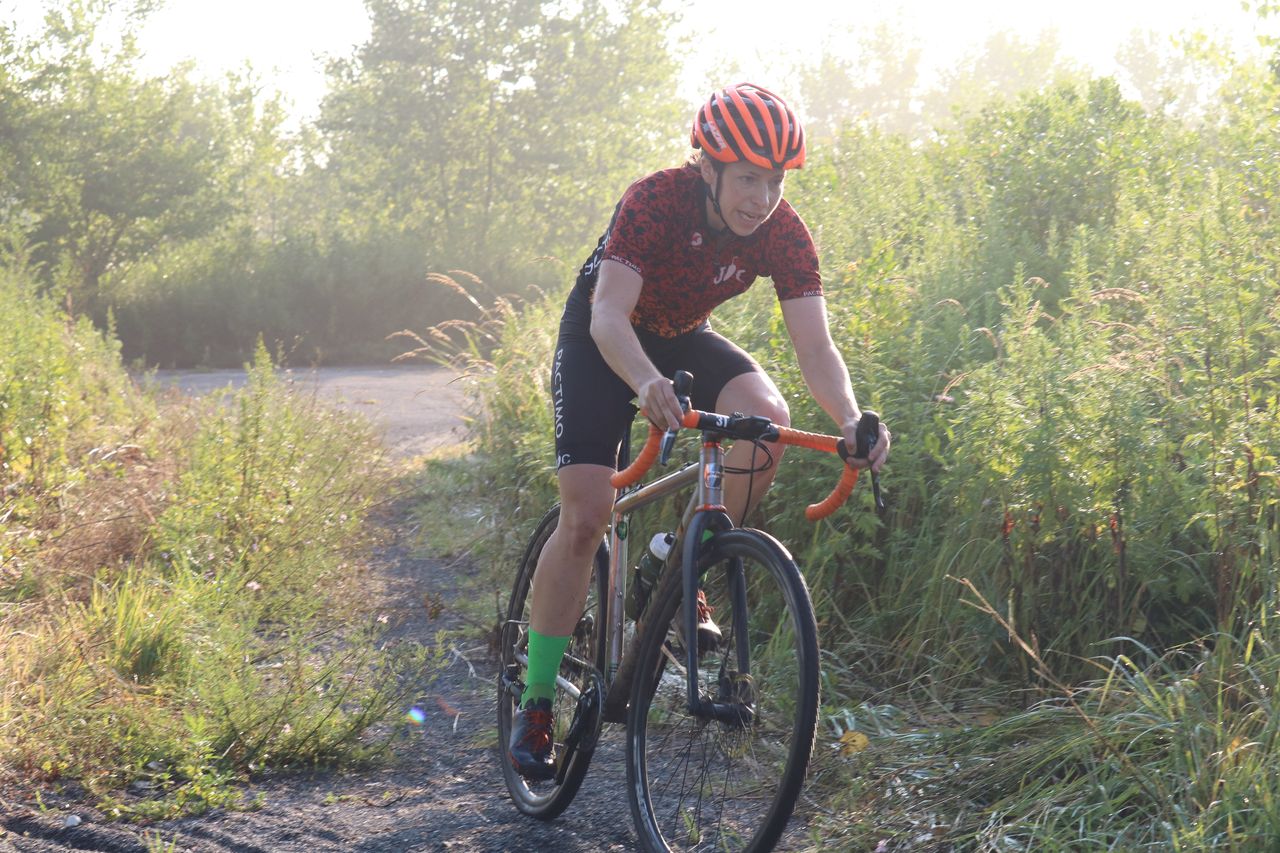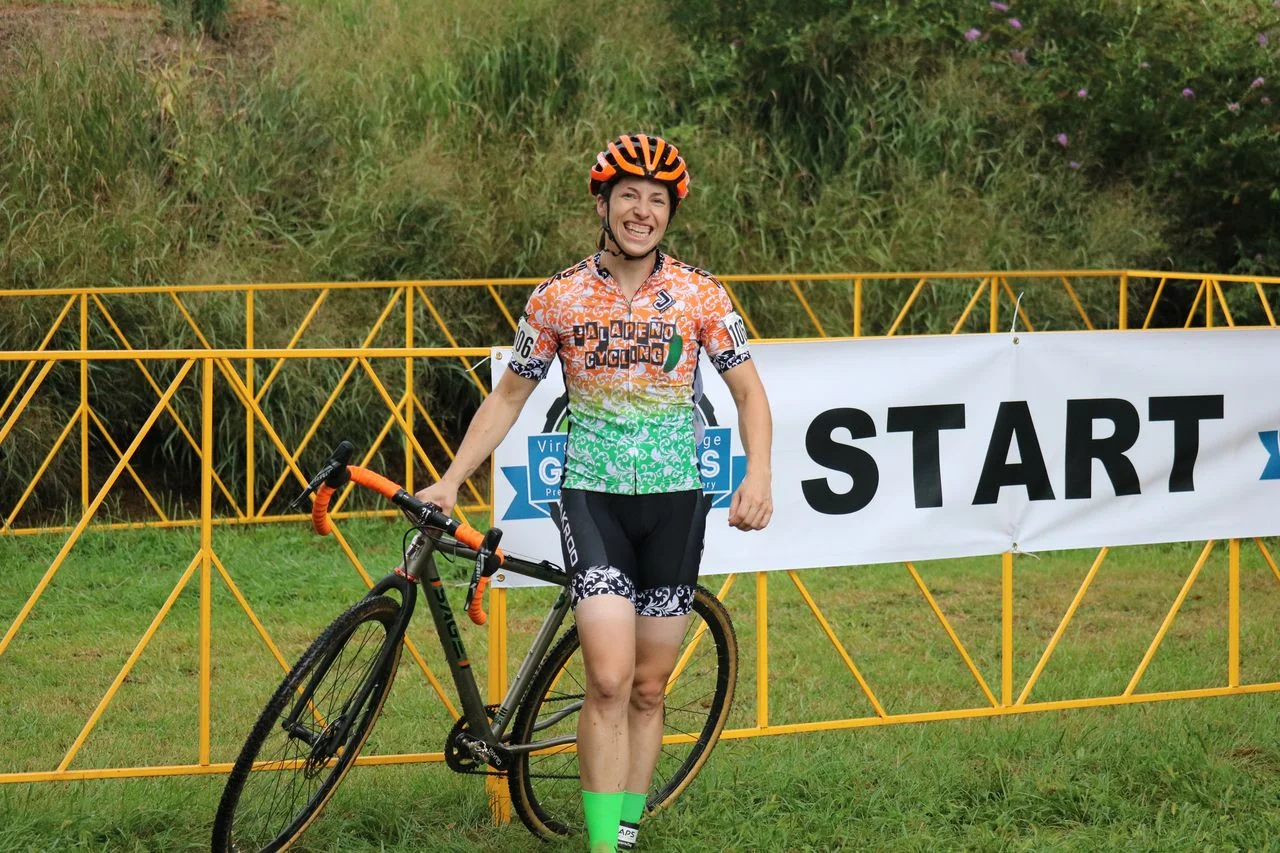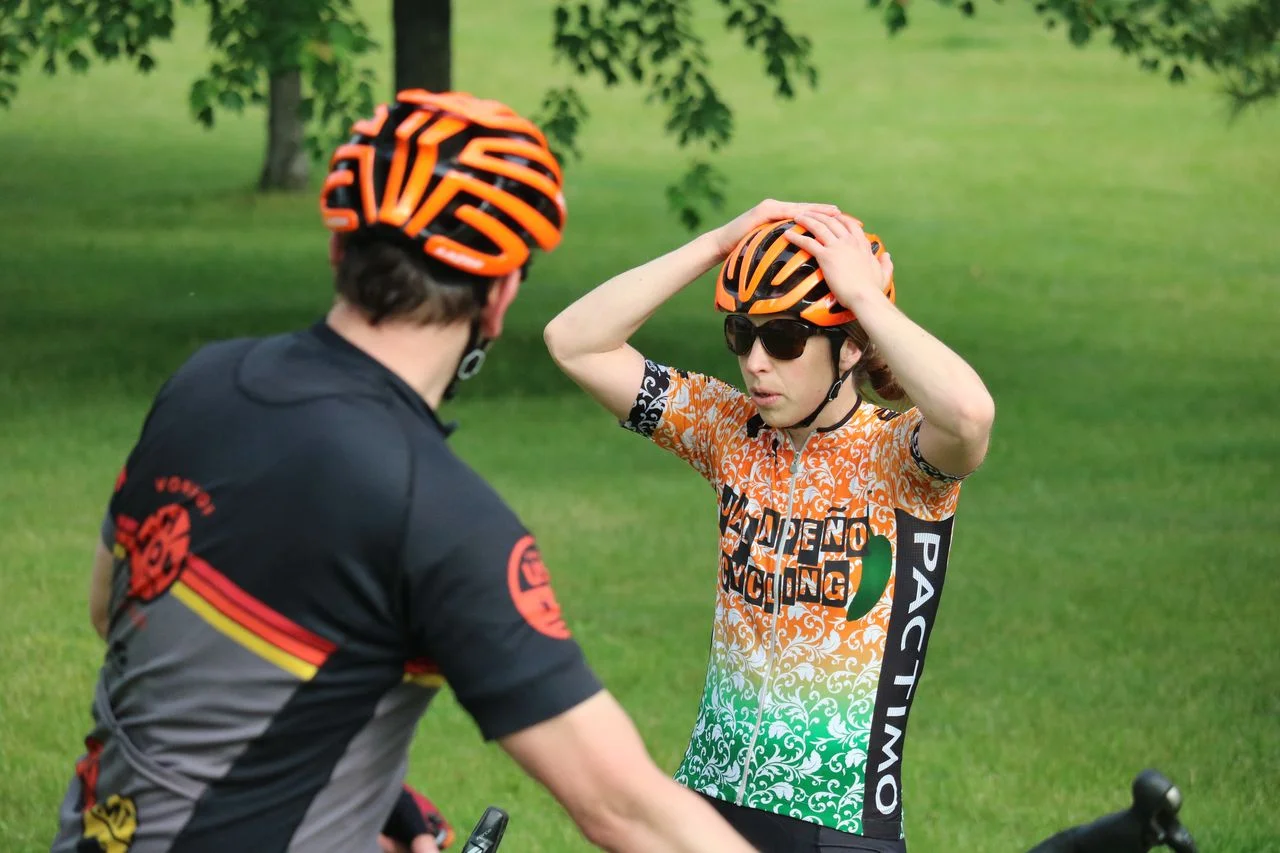When I asked one of their sponsored racers (who was ranked in the top five in the world at the time), how long he thought he would use the same set of tires, he guessed that he only used them for several weekends before his mechanics ripped them off, threw them out, and re-glued fresh ones to his wheels.
Less than two weeks. Four days of racing. Let that sink in for a while.
I know that’s an extreme case. With a near unlimited supply of sponsored tires and full time mechanics at their disposal, the highest level Belgian and Dutch athletes have every incentive to swap their tires over at the first sign of tread wear. Except I’m not making a nitpicky case.
Unlike those athletes, amateur racers and privateer elite racers will likely put more mileage out of a single set of tires during those weeks. Warm ups, pre-rides, pre-race day openers, Wednesday Night World practices, cool-downs… the average North American racer is FAR more likely not to swap their race wheels for a set of training tires, and all of that tire time is likely to translate into wear.
The grippier, lighter compound of those higher end tires might sound attractive at the onset, but if your chevrons or file treads are looking more like a beat up 33mm road tubular come October, you won’t exactly be overtaking anyone in a corner.
(One important note on the “Team Edition” designator is that it is not a universal one across all tire brands. FMB has standard tires and Pro tires; the latter models, as of this writing in the 2017 offseason, can be recognized by their green or pink sidewalls. These Pro tires actually have a more durable casing and are designed with an increased longevity in mind.)
4. Shimano XTR Pedals
This one is often mentioned online on many cyclocross-focused websites, but considering that this one is easily the biggest complaint I still get from newer cyclocross racers, it bears repeating here. XTR pedals are a dream for dry conditions and mountain biking. They are far from ideal for mud.
Judging by the fact that these XTR pedals have won readers’ choice awards from Cyclocross Magazine in the past, I’m guessing that this one might be a little more subjective than the other components on this list. Still, objectively, the distance between the axle and the engagement of the pedal is much smaller than the less expensive Shimano models, allowing far less room for mud to go.
Unlike the last item on our list, looking at what the pros use is a good indication. Unless they are using prototypes of XTR pedals with taller engagement claws, the vast majority of Europeans use the XT pedals instead, which are not nearly as pricy as Shimano’s top shelf pedal. There are also plenty of low weight, better priced SPD pedals that offer cyclocrossers a great retention without sacrificing the ability to clear mud. Some of the favorites we’ve tried this offseason belong to Ritchey and iSSi.
5. Power meters for your race day wheels
(Note: This is one product on the list that Kate and I disagree on. She says that there are enough lessons from race day power numbers to avoid calling this one a “downgrade.” As I explain in the following section, I disagree.)
If you have the time and passion to sift through your training files, or you have a coach who does all of the analytical reading for you, a power meter is literally one of the best training component upgrades you can get. For racing on the road, especially at events like time trails, or during triathlons, power meters are a wonderful guide to measuring your effort.
If the main reason for buying a power meter is to read your watt output from cyclocross races, you are not only better off spending your money elsewhere, but you are putting your performance at a slight disadvantage.
Cyclocross is a sport of far too many variables compared to racing on the road or the track when it comes to cleanly reading power for a purpose. Did you dismount earlier on one lap, did you get caught behind someone with no handling skills in the narrow back section of the course, did you take the lower line that allows you to pedal harder but puts you in a terrible position for the next corner, did you choose a completely different gear when you went through the sand on lap three, did your back wheel lose two psi during the last half of the race?
These questions all effect the readings, and none of them even takes into consideration that you might have a pit bike that you use, which might have a different tire tread, tire pressure, calibrated power meter (in the extremely rare case where you decided to splurge on a power meter for both bikes anyhow).
Don’t mistake my meaning. I think that power files from cyclocross races are extremely interesting, especially when you can actually keep track of how you rode differently on a particular lap, or (more importantly) when you look at the much bigger picture and analyze your lap averages. However, the data from your training days will comparatively be much more readable (and beneficial to decisions you make about adjusting your future training and scheduling an off-week to avoid overtraining).
I know this doesn’t have to be a choice between using a power meter either during training or racing, and that you can have both. In light of this, race day wheelsets with a power-measuring hub might be a bad investment if you are unwilling to ride the “Team Edition” tubular tires glued to them during your mid-week training rides.
Secondly, those power meters also have a weight penalty attached to them, not for added performance, but just for the benefit of measuring power. In my experience with the vast majority of current power meters out there, the more consistently accurate the power meter, the heavier the weight penalty. I personally have a power meter on my road bike, and I feel like the weight is an acceptable penalty for the feedback I get mid-race. For cyclocross, those mid-race power numbers will provide useless information during 99% of the race unless you’re on a flat grass oval, and as I’ve already stated, your post-race viewing of those numbers are not nearly as beneficial as training day numbers.
When I used to race cyclocross with a power meter years ago, I had a crankarm-based Stages. Even then, if I knew the course was going to be muddy, I usually just swapped it out with the crankarm that the bike came with on race day because 1) the original crankarm was carbon and much lighter, and 2) I decided that I didn’t want to risk destroying a $700 power meter if a mechanic was a little overzealous with the power washer.
A factor of this list is admittedly risk vs. reward, and the upside of the data you are getting on race day just isn’t enough to make power meters avoid the downgrade designation.
6. Cooling Brake Rotors and Carbon Rim-Specific Tubular Glue
I bet you’re scratching your head at this pair, but yes, they’re both what I consider more expensive downgrades, and for a similar reason. But before I dive into why these are on my list, please note that this list pertains to cyclocross racing, and not gravel and I’ll explain why.
Both vented rotors (such as Shimano’s IceTech or Jagwire’s Elite CR1) and carbon rim-specific tubular glue are designed to mitigate the effects of heat buildup during long, consistent braking. None of these should seriously come into play for cyclocross, and not because cyclocross takes place in cold weather.
On the road bike (or an all-mountain/downhill/trial bike), putting constant pressure on disc brakes during a long descent is often a fact of life. The heat buildup from this constant braking is magnitudes higher than grabbing a fistful of brakes all at once, even if that latter braking is far more aggressive in the moment. The aluminum plates in “cooling” or vented rotors, don’t exactly keep the brakes cool, but rather draw the heat away from the braking surface and towards the center of the rotor, which prevents any heat problems with your brake pads or hydraulic fluid on those long descents.
Same with carbon rim-specific tubular glue. The goal of this product, which is close to twice the price of your standard rim cement on average, is to resist the heat buildup from a carbon rim paired with a rim braking system. Contrary to rumor, this product is not “kinder” on carbon fiber rims. (Obviously, if your cyclocross bike has disc brakes, there will be no heat buildup at the rim).
While some cyclocross courses have a few longer descents (the pre-2016 Rochester Full Moon Vista course, Dallas Resolution Cup, Charm City CX), even these 6-10 seconds worth of braking won’t come close to creating the same heat that road and mountain bikes will be able to create, and I am mentioning the extreme examples. The vast majority of cyclocross courses only require seconds of braking at a time.














